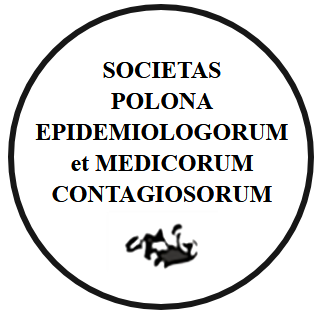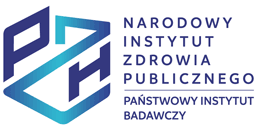ABSTRACT
INTRODUCTION. Students of medical faculties are exposed to greater stress than students of other faculties. In addition, remote learning during the COVID-19 pandemic changed the way and quality of life for most people.
AIM. The aim of the study was to assess the level of stress among medical students during and before the COVID-19 pandemic. The second purpose was to find out if the level of physical activity had an impact on the stress level of students.
MATERIAL AND METHODS. 248 students of the Medical University of Silesia in Katowice participated in the study. The research tool was the International Physical Activity Questionnaire (IPAQ) and the Perceived Stress Scale (PSS-10).
RESULTS. The stress level was significantly higher during the pandemic (p <0.001) than before (17.07 vs 23.17, respectively). Before the pandemic, students with higher levels of physical activity were characterized by lower levels of stress (p <0.001).
CONCLUSIONS. The COVID-19 pandemic caused an increase in stress among medical students. In light of the spread of the virus, it makes sense to continue research with a wider group to investigate the specific relationship between physical activity and stress, and other methods and strategies of coping with stress which could serve as guidelines and recommendations for students.
STRESZCZENIE
WSTĘP. Studenci kierunków medycznych narażeni są na większy stres niż studenci innych kierunków. Ponadto zdalna nauka podczas pandemii COVID-19 zmieniła sposób i jakość życia większości osób.
CEL. Celem pracy była ocena poziomu stresu wśród studentów kierunków medycznych w czasie pandemii COVID-19 oraz przed jej rozpoczęciem. Drugim celem było sprawdzenie czy poziom aktywności fizycznej (AF) ma wpływ na poziom stresu wśród studentów.
MATERIAŁ I METODY. W badaniach wzięło udział 248 studentów Śląskiego Uniwersytetu Medycznego w Katowicach. Narzędziem badawczym był Międzynarodowy Kwestionariusz Aktywności Fizycznej (IPAQ) oraz Skala Odczuwanego Stresu (PSS-10).
WYNIKI. Poziom stresu był istotnie wyższy podczas pandemii (p<0,001) niż przed (odpowiednio 17,07 vs 23,17). Przed pandemią studenci z wyższym poziomem aktywności fizycznej charakteryzowali się niższym nasileniem stresu (p<0,001).
WNIOSKI. Pandemia COVID-19 spowodowała nasilenie stresu wśród studentów kierunków medycznych. W świetle ciągle rozprzestrzeniającego się wirusa, zasadnym jest kontynuowanie badań na szerszej grupie w celu zbadania szczegółowej zależności pomiędzy aktywnością fizyczną i poziomem stresu oraz innych metod i strategii radzenia sobie ze stresem, co mogłoby posłużyć jako wskazówki i rekomendacje dla studentów.
Możesz zmienić ustawienia cookies w swojej przeglądarce. Ograniczenie stosowania plików cookies w konfiguracji przeglądarki może wpłynąć na niektóre funkcjonalności dostępne na stronie.





